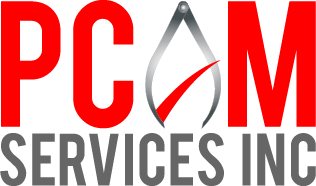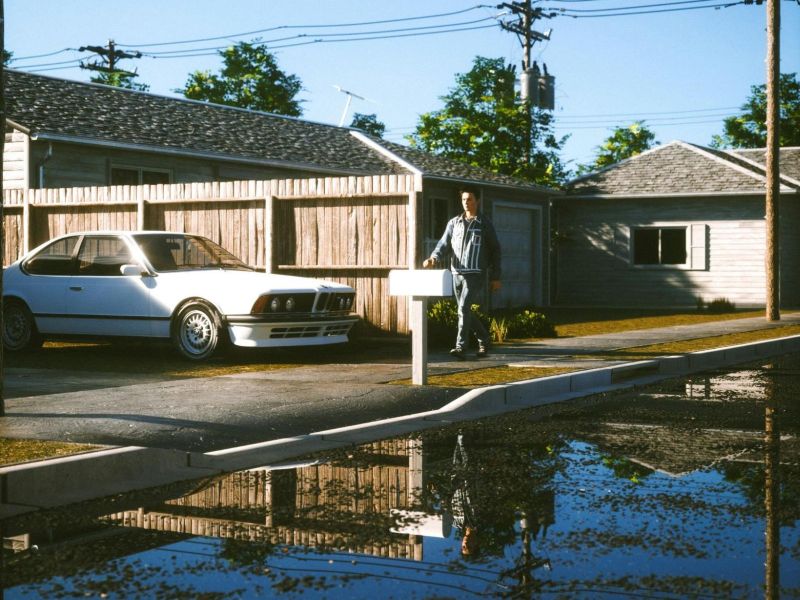Water damage can occur for several reasons. Restoring or repairing it by yourself isn’t always easy. When pools of standing water start forming around the property, you’ll need to take action immediately to limit costs.
Several factors play a role in the eventual water damage restoration expense. Here’s a closer look at the ten most common influences on repair costs.
1. Where the Water Damage Occurs
Flooding problems in kitchens and bathrooms tend to cost the most to restore. A long-term drip leak can also be expensive because it can go undetected for years and lead to significant problems.
2. How Much Standing Water Is Present
Deeper levels of standing water require more effort to remove the problem. It takes more time and effort to pump out a basement with several feet of flooding than a bathroom with an overflowing toilet.
3. Water Type Causing the Damage
Three water types can cause flooding events in homes today: clean, gray, and black. Gray is more expensive to repair than clean, while blackwater sources typically cost the most. Gray water comes from showers, tubs, kitchen sinks, dishwashers, and washing machines. Blackwater sources include sewage and contaminated water.
4. Where the Damage Originated
Water damage from internal sources is often cheaper to repair than flooding from external sources. A ceiling leak because of heavy rainfall could mean a roof needs to be replaced. If you get a small drip from underneath a bathroom, it could be a simple spill.
5. Ongoing Water Presence
Water damage continues to happen when leaks or puddles are persistent. Constant water sprays can even send moisture through concrete if given enough time. Long-term exposure almost always costs more than a single incident.
6. Time to Respond
When water damage exists for several years, the restoration work might require taking everything down to the studs to rebuild the home. A small leak you can catch right after it starts is significantly cheaper to repair.
7. Materials Affected by the Water Damage
Ruined carpets and rugs take less time to restore than damaged subfloors or cracked concrete. Wood often requires replacement with enough floodwater exposure because of foul odor development and mold growth.
8. Presence of Bacteria
Bacteria and mold growth can cause significant health problems if they’re allowed to persist. It helps to look for signs of water damage at least monthly throughout a home to ensure there isn’t a festering leak causing a hidden concern.
9. Geographic Location
Home location impacts the pricing for water damage restoration services. Rural properties, houses in flood-prone areas, and regions that receive persistently humid conditions often see higher prices.
10. Repair and Reconstruction Needs
If you need to replace a hardwood floor after flood damage, that cost is significantly higher than old carpets or rugs. It costs less to rip the drywall out of one wall than four in a room.
Although water damage might seem like a minor concern, small leaks can lead to big future problems. When you address these issues immediately, you’re more likely to save on the repair costs needed to restore your property.
For any further questions about Water Damage Restoration, you can also dial 206-458-5237 or contact PCAM Services for quality service.

